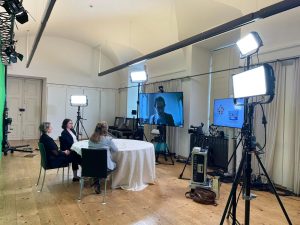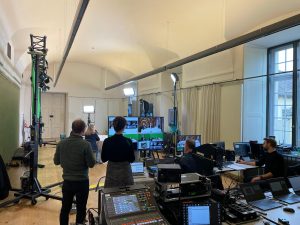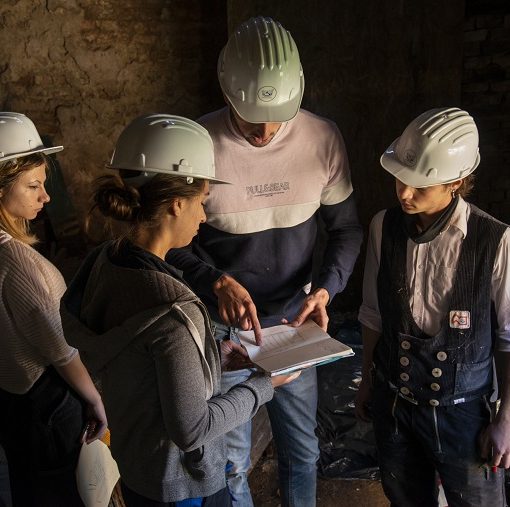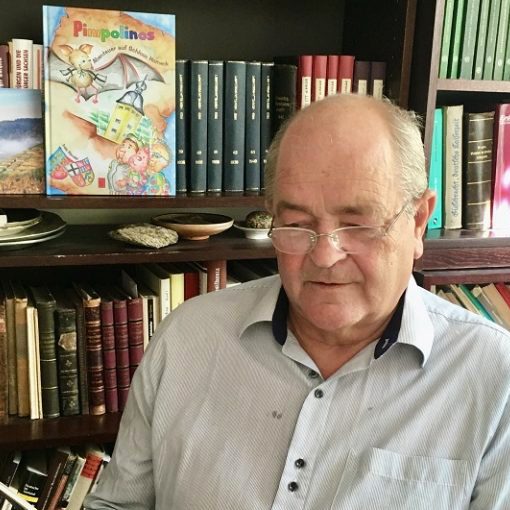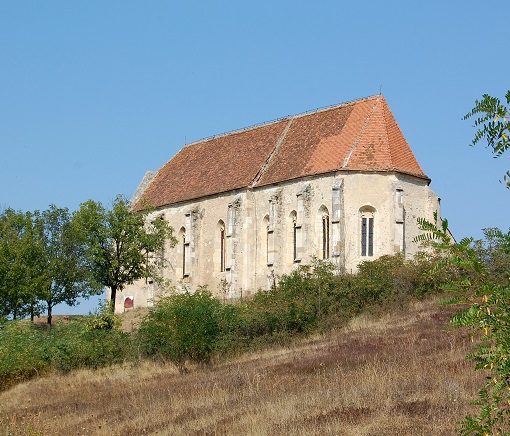People from five different countries took part in an interersting exchange between UNESCO cultural heritage sites from two continents on 7 March 2024. The event was organized to mark the thirtieth anniversary of the inscription of several monuments on the UNESCO World Heritage List. Transylvania’s landscape of fortified churches was represented by the Fortified Churches Foundation.
To mark the thirtieth anniversary of the inscription of the Maulbronn monastery complex (Germany) on the UNESCO World Heritage List, the State Palaces and Gardens of Baden-Wuerttemberg, together with the World Heritage Coordination Office at the German Foreign Ministry and the German Commission for UNESCO, organized a digital roundtable discussion with representatives from six World Heritage sites. The former Cistercian abbey of Maulbronn enjoys the reputation of being the best-preserved medieval monastery complex north of the Alps.
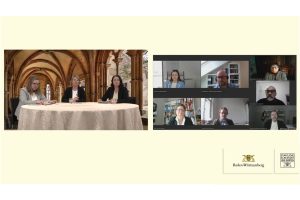 New challenges for historic buildings
New challenges for historic buildings
Short presentations were given not only by the hosts from Maulbronn, but also by the historic center of Lithuania’s capital Vilnius, the Upper Franconian city of Bamberg, the Spanish pilgrimage site Santiago de Compostela, the Mexican biosphere reserve El Vizcaíno with its famous whale sanctuary and the Transylvanian “UNESCO fortified churches”. In his presentation, Stefan Bichler, who took part in the round table on behalf of the Fortified Churches Foundation, not only addressed the “Big Seven” (Biertan, Darjiu, Viscri, Saschiz, Calnic, Prejmer and Valea Viilor), but also attempted to shed light on the entire landscape of fortified churches and explained how the situation in Transylvania has changed for the cultural heritage sites since the 1990s. In addition to classic heritage conservation strategy issues, the focus was on the tension between increasing visitor numbers and the need to support soft tourism.
In their presentations, as well as in the follow-up debate, all speakers specifically addressed topics such as sustainability, climate change, social engagement and digital technologies. In the end, the participants agreed that networking between the cultural heritage sites and a close partnership with scientific institutions is essential for dealing with these issues.
Click here to view the recording of the online event.
Photos: State Palaces and Gardens of Baden-Wuerttemberg

